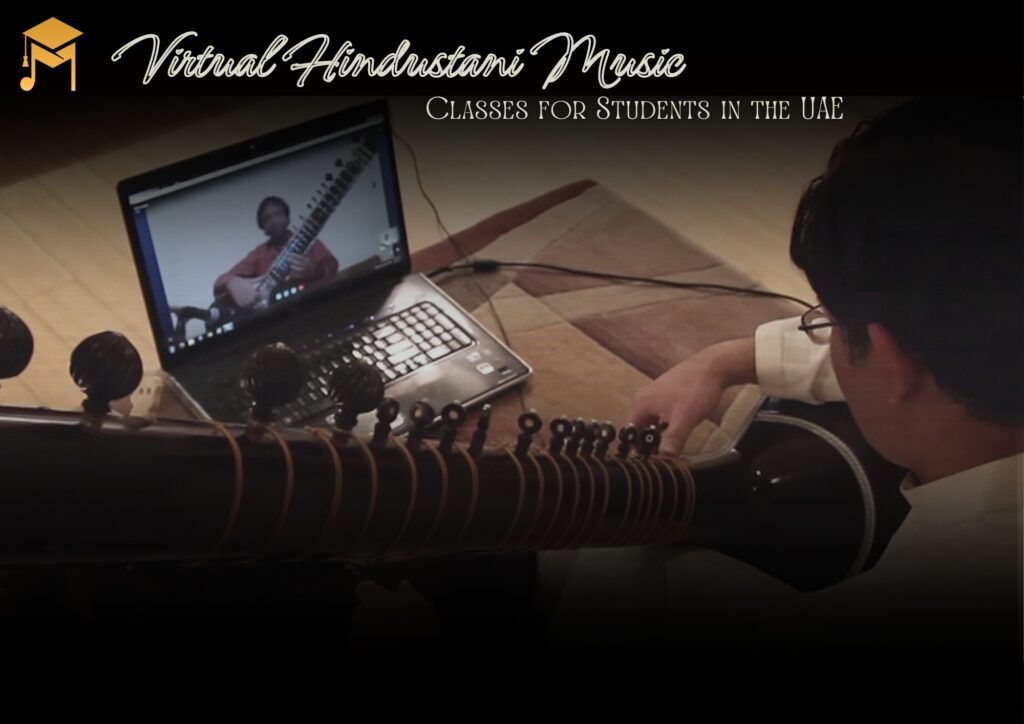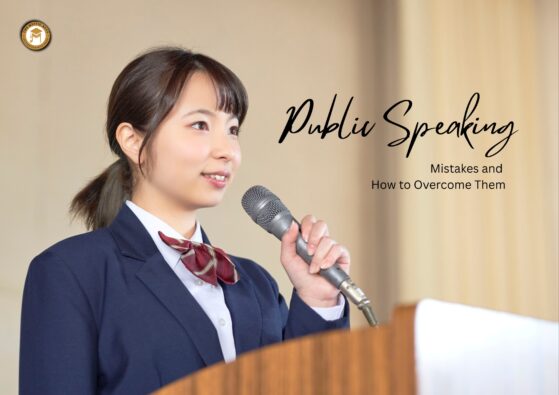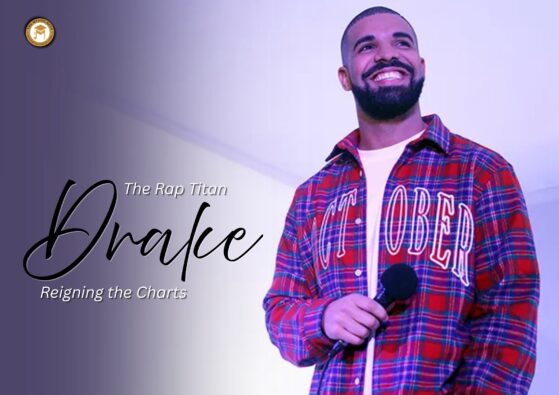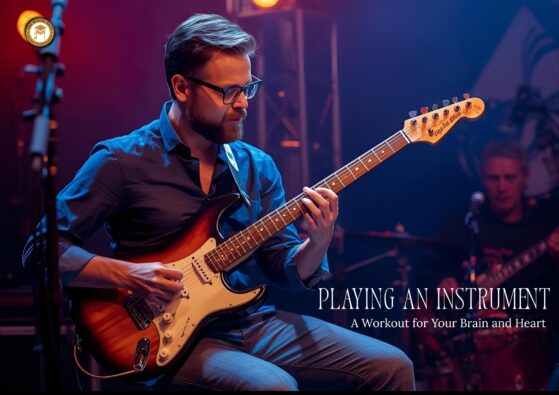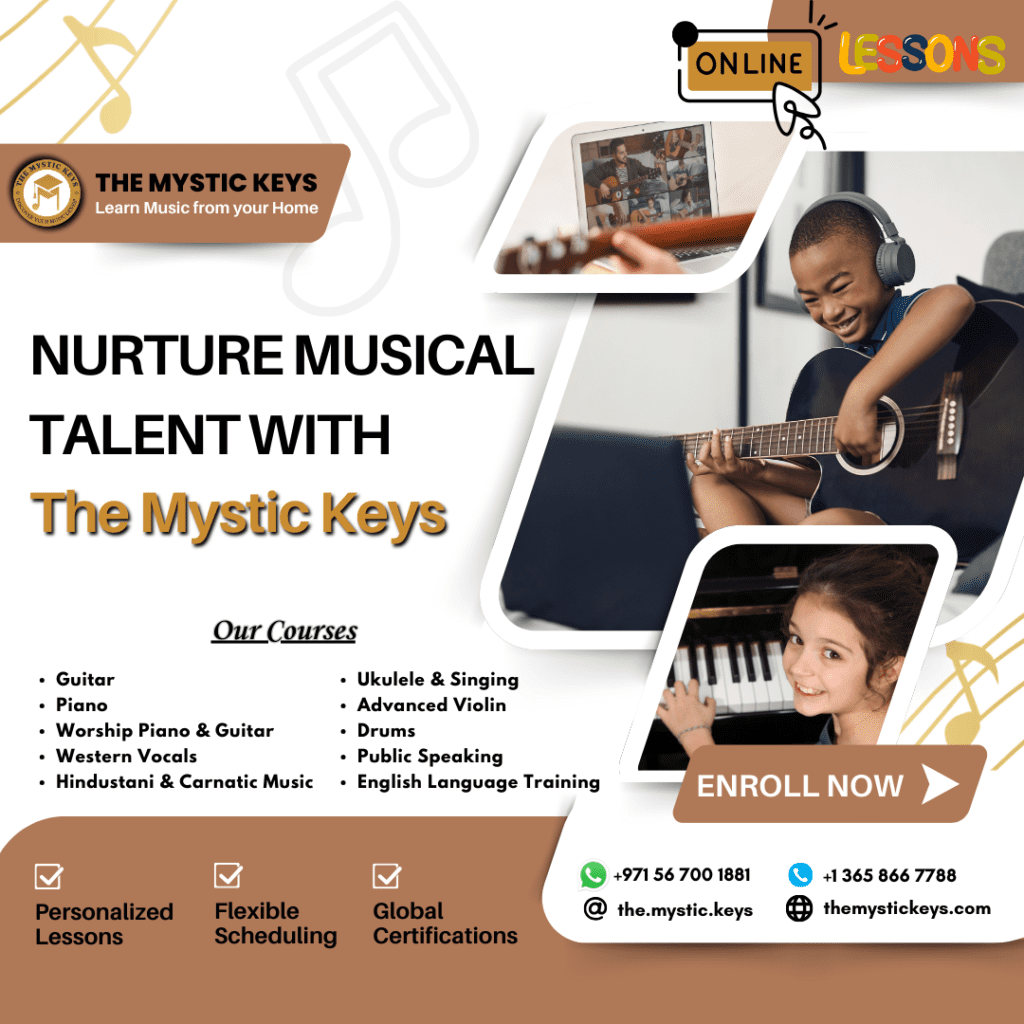Virtual Hindustani Music Classes for Students in the UAE
In the heart of the UAE, where tradition and modernity blend seamlessly, students are increasingly turning to virtual Hindustani music classes to explore and master this rich musical tradition. As the demand for cultural and musical education grows, these online classes offer a unique opportunity for students to delve into the world of Hindustani classical music, regardless of their geographical location. This blog explores the advantages, challenges, and impact of virtual Hindustani music classes on students in the UAE.
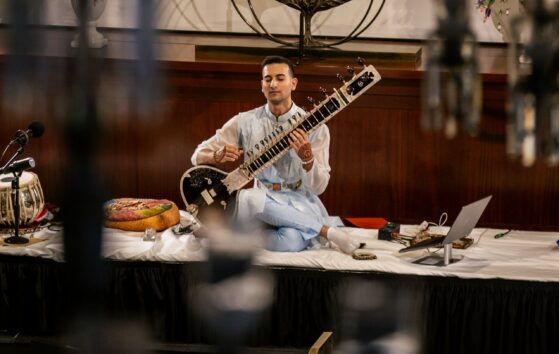
The Rise of Virtual Learning
Virtual learning has revolutionized education across the globe, and the field of music is no exception. The flexibility, accessibility, and convenience of online classes have made it easier for students to pursue their musical interests from the comfort of their homes. For students in the UAE, where access to specialized music education can sometimes be limited, virtual Hindustani music classes present an invaluable opportunity.
Why Hindustani Music?
Hindustani classical music, with its intricate ragas and deep emotional expressions, offers a profound musical experience. Originating from the northern regions of India, it encompasses a wide range of styles and traditions that have evolved over centuries. For students in the UAE, learning Hindustani music provides a chance to connect with a rich cultural heritage, enhancing their understanding of global musical traditions and broadening their artistic perspectives.
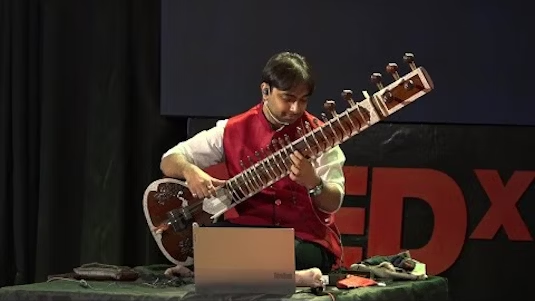
Benefits of Virtual Hindustani Music Classes
Accessibility and Convenience: One of the primary advantages of virtual music classes is their accessibility. Students in the UAE, regardless of their location, can access high-quality instruction from renowned teachers without the need to travel. This convenience makes it easier for busy students to incorporate music education into their schedules.
Diverse Instructional Expertise: Virtual platforms enable students to connect with experienced Hindustani music teachers from around the world. This exposure to diverse teaching styles and interpretations enriches the learning experience, providing students with a well-rounded understanding of the music.
Personalized Learning Experience: Online classes often allow for personalized instruction tailored to individual student needs and skill levels. Teachers can focus on specific areas of interest, whether it’s vocal techniques, instrumental skills, or theoretical knowledge, ensuring that students receive a customized education that aligns with their goals.

Cultural Exchange and Global Networking: Virtual classes foster cultural exchange by connecting students with peers and instructors from different backgrounds. This global network enhances the learning experience, allowing students to engage with a broader community of Hindustani music enthusiasts and practitioners.
Flexibility in Scheduling: Online classes offer flexibility in scheduling, allowing students to choose class times that best fit their availability. This flexibility is particularly beneficial for students with busy schedules or those balancing multiple commitments.

Challenges and Considerations
While virtual Hindustani music classes offer numerous benefits, there are also challenges to consider:
Technological Requirements: Reliable internet access and appropriate technological tools are essential for a smooth virtual learning experience. Students and teachers must ensure they have the necessary equipment and stable internet connections to facilitate effective communication and instruction.
Lack of Physical Presence: The absence of physical presence in virtual classes can sometimes limit the immediate feedback and hands-on guidance that in-person lessons provide. Teachers need to find creative ways to address this challenge, using digital tools and techniques to offer comprehensive support.
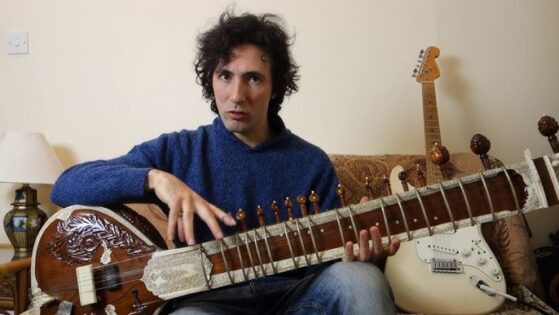
Cultural Nuances and Context: Hindustani classical music is deeply rooted in cultural and contextual nuances. Virtual classes must strive to convey these elements effectively, ensuring that students grasp the cultural significance and historical context of the music.
The Impact on Students in the UAE
Virtual Hindustani music classes have significantly impacted students in the UAE. They offer cultural enrichment and artistic growth, giving students access to a musical tradition that might otherwise be out of reach. These classes enhance students’ appreciation of Hindustani music, improve their skills, and connect them with a global music community.
The rise of virtual learning in the UAE highlights a growing recognition of diverse musical traditions and cultural education. By engaging with Hindustani music online, students contribute to a broader cultural dialogue and help bridge gaps between different musical and cultural worlds.

Conclusion
Virtual Hindustani music classes mark a major step forward in musical education. They offer UAE students a unique and accessible way to connect with a rich musical tradition. Although some challenges exist, the benefits—such as accessibility, personalized learning, and global networking—far outweigh the obstacles. Furthermore, as technology evolves and virtual learning improves, the future of Hindustani music education looks increasingly promising. Consequently, UAE students are well-positioned to explore and excel in this timeless art form.


